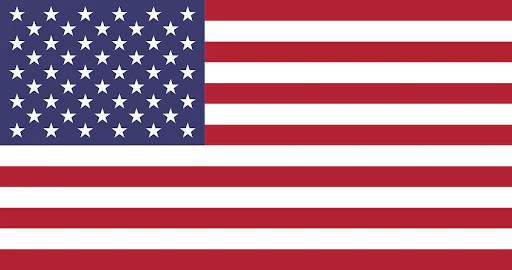Do you know what is Cancer Alley?
Cancer Alley is an 85-mile long area along an industrial stretch of the Mississippi River known for its abundance of petroleum plants and, as the name implies, cancer cases.
The area has 45,000 residents and lies in Southeastern Louisiana, between New Orleans and Baton Rouge.1 Compared to the rest of the state, Cancer Alley has a higher percentage of Black and poor, illiterate residents.
Once the site of cornfields and sugar cane plantations, it is now home to more than 140 petrochemical plants, rampant air pollution, and—some say as a result—an above-average number of cancer cases.3 This greater-than-expected number of cancer cases within a geographic region over a period of time is called a cancer cluster.
The History of Cancer Alley
Before it became what some residents and environmental health experts claim is a hotbed of cancer activity, Cancer Alley was called Chemical Corridor, thanks to many oil refineries and chemical plants that dot its landscape.5
Some 50 toxic chemicals—including benzene, formaldehyde, and ethylene oxide—circulate in the air there.1 In the late 1980s, when residents started noticing clusters of cancer cases and miscarriages on the same street or within blocks of each other, Chemical Corridor took on a new moniker—Cancer Alley.5
Research shows that there are higher-than-normal amounts of lung, stomach, and kidney cancer among certain populations living in Cancer Alley.6 Anecdotally, residents say there are troubling clusters of several other cancers, including rare ones like neuroblastoma (cancer of the nerve cells) and rhabdomyosarcoma (cancer of the skeletal muscle).
But one of the most concerning and controversial chemicals in Cancer Alley is chloroprene. According to the Environmental Protection Agency (EPA), chloroprene is likely to cause cancer in humans.
In 2015, the chemical giant DuPont sold its neoprene plant in LaPlace, Louisiana, an area of Cancer Alley, to Denka Performance Elastomer, headquartered in Tokyo. In the process of manufacturing neoprene, a synthetic rubber used in things like wetsuits, hoses, and orthotic braces, the Denka plant releases chloroprene into the air.
In 2011, the EPA’s National Air Toxic Assessment (NATA) looked at toxic emissions nationwide and released its findings in 2015. When it was found that the air in LaPlace had a higher-than-expected level of chloroprene, the EPA began working with Denka and the Louisiana Department of Environmental Quality to lower its chloroprene emissions by 85%.














Leave a comment